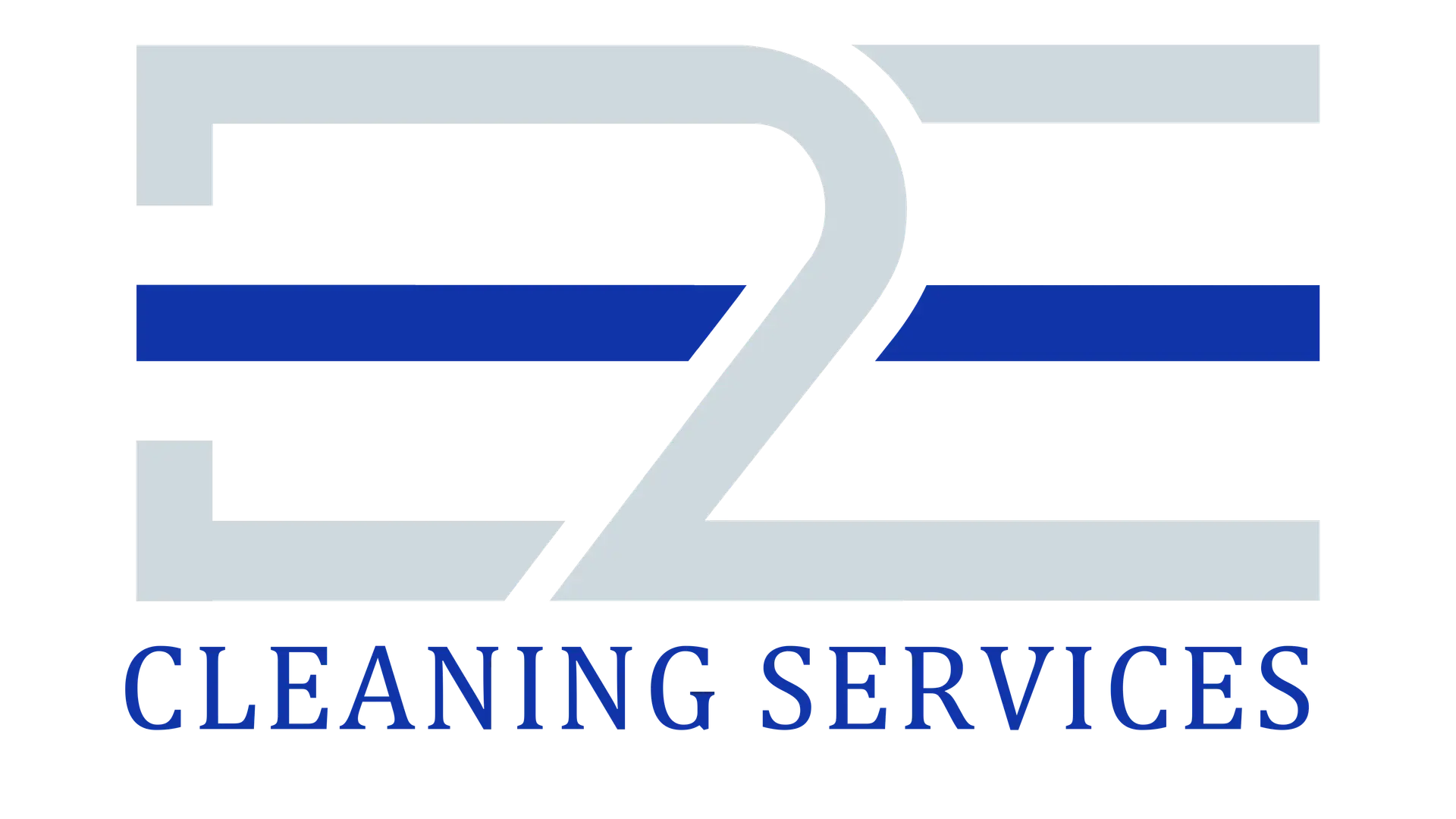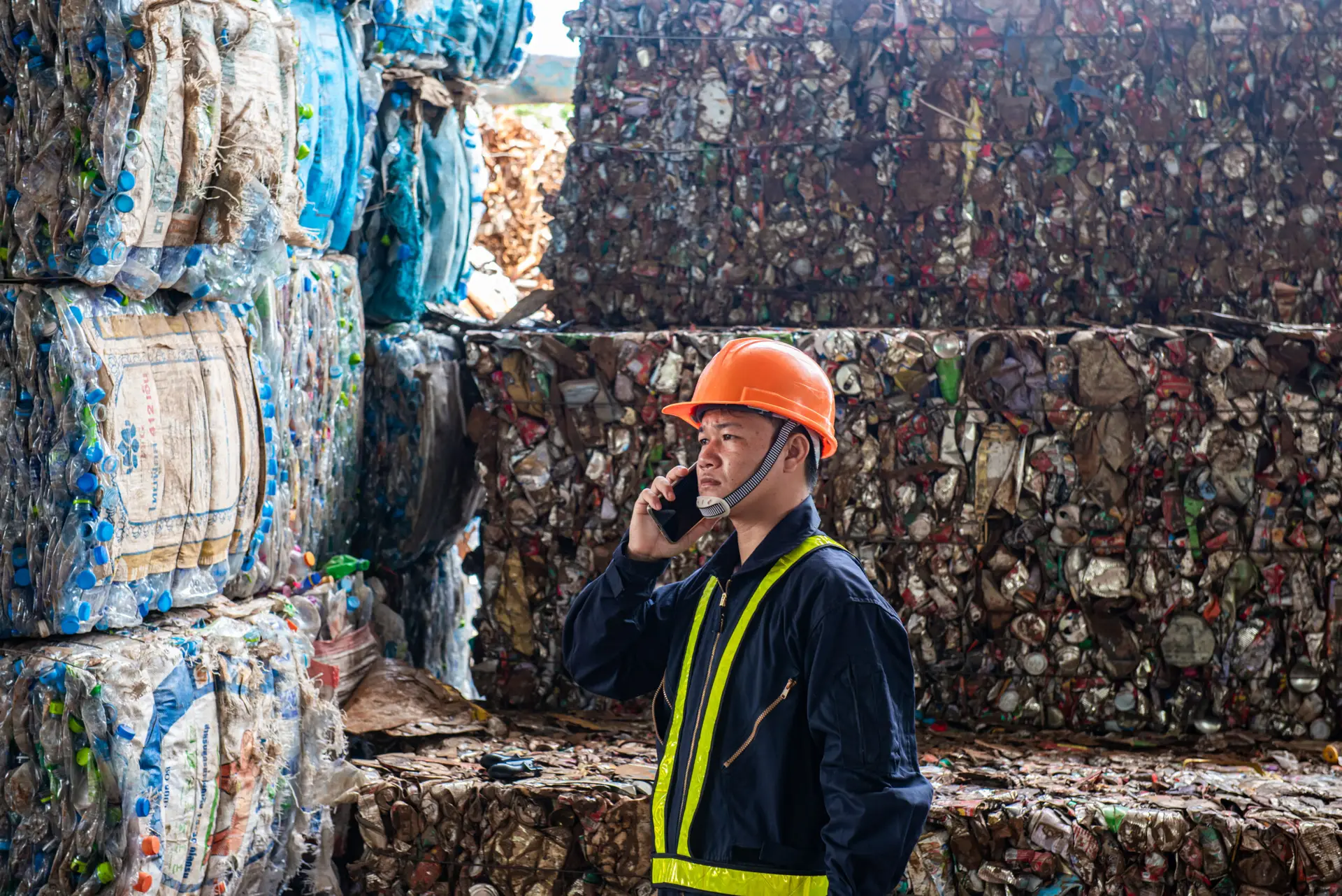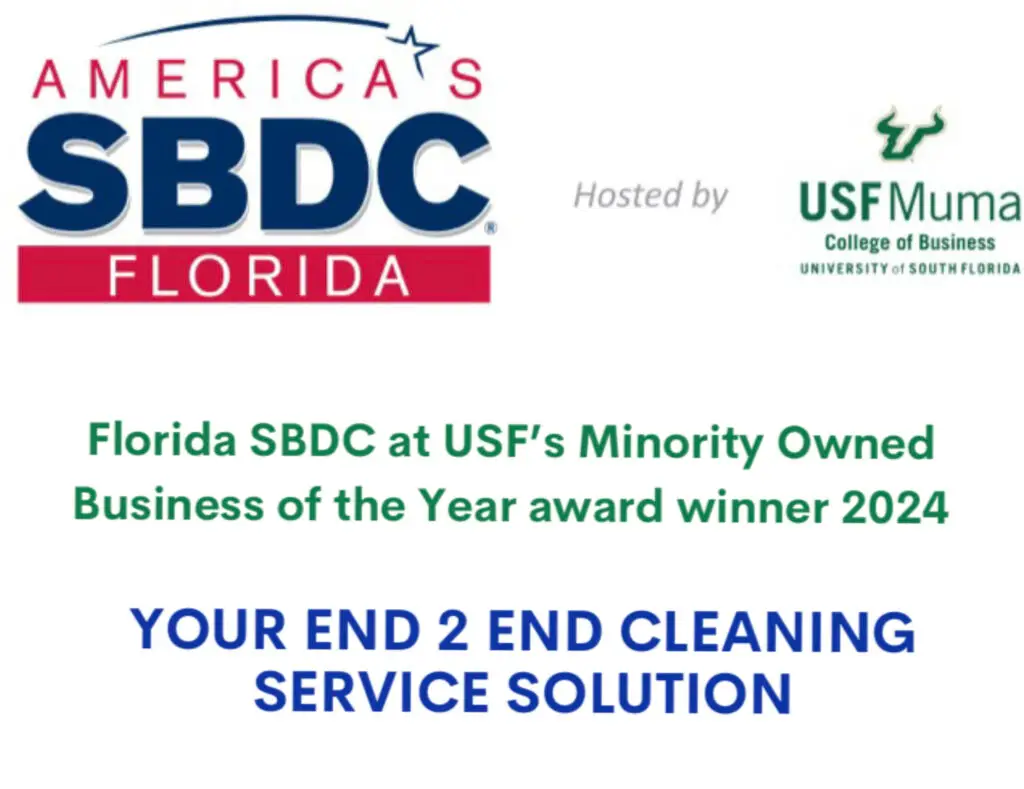Today, in an environmentally conscious world, businesses are becoming aware that sustainable practices have their place. Effective waste disposal is one crucial aspect of this and not only helps reduce environmental impact, but also helps drive cost savings and improve project reputation.
This guide provides a comprehensive overview of the current state of waste management in the construction industry, its business benefits, key components, implementation strategies and best practices.
The construction industry has long faced the enormous environmental and economic burden of the huge amount of waste it produces. According to recent studies, construction and demolition (C&D) waste accounts for about 600 million tons of waste in the United States each year, and only about 25% of this waste is recycled.
That heartless statistic is an urgent wake up call for businesses to value and improve their sustainable waste management practices. Proper waste disposal methods adopted by construction firms not only reduce their environmental impact but also save the firms money, improve their image, fulfill client sustainability requirements, and reduce the risk of non compliance.
The Business Case for Smart Waste Management
Waste management is not only a strategic business issue that organizations need to address to meet environmental challenges, but it also has many practical advantages.
Here are some key advantages that businesses can realize by adopting proper waste disposal practices:
Cost Reduction
Proper disposal of waste can therefore help a business to save a lot of money. Through recycling and reusing of the materials used in the production process, the firms can minimize on the costs of procurement. Also, good management of waste will reduce on the costs that come with disposal of waste for instance the tipping fees and the transport costs.
Improved Project Status and Market Position
In today’s environment, where the conservation of resources and the reduction of waste have become major issues in the market, it is the companies, who implement environmentally friendly measures for waste management, that are considered as being responsible to the environment and eager to reduce the negative impact on the environment.
It means that positive reputation can be helpful in winning customers, investments, and talented personnel who appreciate environmentally friendly companies.
Meeting Client Sustainability Requirements
Currently, many clients especially those in the public sector or large organizations demand that construction projects should have certain sustainability features such as proper waste disposal. By focusing on proper disposal of waste for example, through the use of Waste Removal Services, businesses will be assured of winning contracts and even keeping their clients.
Risk Mitigation and Compliance Benefits
Waste disposal is not only a necessity in order to protect the environment but also a requirement by the law. Complex and unclear legislation, lack of awareness and insufficient enforcement leads to fines, legal consequences and damage to business’s reputation.
By adopting proper waste management systems, companies are able to reduce the probability of occurrence of mishap, health menace and legal consequences related to construction site hence creating a safe working environment and avoiding incurring unnecessary fines.
Schedule Your Stress-Free Junk Removal Today. Click Here
Elements of Construction Waste Management
There are several elements that makes up the complete effective construction waste management that helps to reduce negative impacts on the environment when constructing structures. These components include:
Waste Stream Identification and Segregation
The first step in effective waste management is to sort the waste into different categories of waste which include the metal, wood, concrete and plastics among others. Using the waste hierarchy, businesses can ensure that they properly sort waste to ensure that a high amount of waste is recycled.
This procedure also enhances the possibilities of material recovery as well as correct treatment of hazardous waste.
Material Recovery Opportunities
Construction projects are known to produce large quantities of materials that can be reused or recycled including wood, metals and concrete. This paper aims to explore opportunities for material recovery to help preserve resources, decrease the need for new raw materials, and decrease the volume of waste disposed of in landfills. This can be done by sorting waste on the site of the generation, recycling, and working with material recovery facilities..
Hazardous Waste Handling
Construction activities may produce wastes that are dangerous to the environment including paints, solvents, adhesives and materials containing asbestos. Appropriate methods of management and disposal of the substances must be embraced to avoid effects on the environment and human health.
Special measures must be taken by the business to recognize the type of waste that is hazardous, how to store it and dispose it off in accordance to the local, state and federal laws.
Recycling Programs Implementation
It is crucial to introduce recycling of waste on construction sites to help reduce the amount of waste which goes to landfill and towards the creation of a circular economy. Such programs may involve provision of sorting and collection services at the site, or links with local recycling centres or material recovery facilities.
Thus, efficient recycling programs can greatly minimize the adverse effects of construction operations on the environment and, at the same time, can bring savings by means of material recovery.
Implementing Effective Waste Disposal Policies
Although the elements of construction waste management are clearly defined, the proper waste disposal measures are not easily put into practice.
Here are some key considerations:
Specific Waste Management Plans
Every construction site is different and has its own potential for waste management problems and solutions. Due to the differences in waste generation sites, it is necessary to create individual waste management plans that will meet the legal requirements and protect the environment. Such plans should contain waste stream identification, segregation of wastes, recovery of materials, handling and disposal of hazardous wastes and recycling.
Staff Training and Accountability
The success of waste management is therefore hinged on the efforts of the staff that are based at the facility. The present research has identified that waste management procedures must be fully explained to employees and that roles and responsibilities should be well defined to promote adherence to proper waste disposal. Such practices should be supported with regular checks and follow up in order to ensure that any lapses or breaches are corrected.
Supplier and Subcontractor Requirements
In the construction industry, companies work with many suppliers and subcontractors. This paper has identified the need to incorporate waste disposal clauses in contracts and agreements with the partners. This paper has argued that suggesting and enforcing clear expectations and checking on their implementation can contribute to sustainable waste management expectations.
Documentation and Tracking Systems
Therefore the effective waste disposal management measures should include taking proper documentation and tracking of the waste disposal practice. Some of these systems are waste stream inventories, material recovery logs, recycling rates and waste disposal records. These data collected and analyzed help the business to assess how far they have gone, where they are failing, and what steps need to be taken in order to improve on the current methods of waste management.
Measuring Success and ROI
For businesses to fully appreciate the results of their waste management strategies and the ROI, they need to set measurable goals.
Here are some key considerations:
KPIs
It is imperative therefore, to set the right Key Performance Indicators (KPIs) to monitor the performance of waste management. These KPIs could include such things as the amount of waste which is diverted from landfill, the amount of recycling that is achieved, cost savings and environmental performance indicators.
Laying down severe goals that can be quantitatively assessed. How well they are being accomplished, organizations will be in a position to assess the appropriateness of their waste management policies.
Waste Reduction Metrics
This paper has emphasized the need to track waste reduction metrics when implementing waste management in order to determine the effectiveness of the waste management strategies.
These can be total number or weight of waste produced, the percentage of waste that is not sent to the landfill, and the cost savings on disposal of wastes.
Through tracking of these metrics, organizations are able to see patterns that will help them understand where they need to make changes and improvements, and also measure the positive impact of their waste management strategies on the environment.
Cost Savings Calculations
Among the most important reasons for the adoption of proper waste management systems is the possibility of reducing costs. Firms should work to establish and maintain formulations for measuring the monies that are saved by proper waste management, such as money saved on materials, less expensive waste removal, and monies earned from the sale of materials through recycling. These calculations can be applied to communicate the economic return on every sustainable waste management practice or investment in waste management structure/system.
Environmental Assessment
However, it is also necessary to consider the environmental impact of the waste management practices which also forms one of the purposes of this study. Organizations can use life cycle assessments to measure the improvement in the greenhouse gas emissions, energy use and resource use efficiency that can be attributed to their waste management activities.
These assessments can be useful in conveying the message of the company’s sustainability and get the big picture of why waste management is important.
Best Practices from Industry Leaders
To keep on enhancing their waste management, businesses should be well informed of current strategies as well as the experience from the leading organizations. Here are some valuable insights:
Case Studies of Successful Implementations
This paper aims at identifying the best practices of waste management implementations by analyzing case studies of successful implementations. These case studies can show best practices, problems encountered and how other companies in the industry have addressed them.
Through the experience of others, organizations can find areas that need to be changed and apply successful practices to their own processes.
Lessons Learned from Major Projects
Large construction projects especially those that have stringent sustainability standards can be useful in understanding waste management. From these projects, organizations can learn about the best practices in waste stream assessment, material management, hazardous waste management and recycling programs. Furthermore, these projects may also yield useful information on the environmental and economic impacts of appropriate waste management.
Waste Management Technology Innovation
The waste management industry has not been left behind in the development of new technologies to help in the proper disposal of waste in the environment. Companies need to be aware of the trends in areas of sorting and recycling of wastes, energy production from wastes, and new materials recovery techniques. Through these innovations, organizations can improve their waste management, increase their productivity and decrease their environmental footprint even more.
Action Steps for Implementation
Waste management is a critical business process that needs to be well planned and executed and then constantly reviewed and upgraded.
Here are some actionable steps businesses can take to drive sustainable waste disposal practices:
Initial Site Assessment
The first stage of waste management plan is the initial site assessment. This assessment should detail the kinds of waste being produced and how much of it, the current state of waste management, and possible directions for greater effectiveness. The assessment should also include the legal/ policy framework, fundamental constraints of the site and the resources that are required to support waste management.
Policy Development
From the initial site assessment, it is recommended that businesses should come up with a waste management policy that should include the goals, measures and steps that should be taken in the disposal of waste. This should be done in accordance to the general industry standards and should be suited to the organization in question. It should also provide a clear structure of duties of all the parties concerned with waste management functions.
Team Training
The success of waste management measures depends to a large extent on the understanding and cooperation of the personnel working on site. All those employees who are directly or indirectly related to the management of the operation’s waste should be given proper training by the business management. This training should include areas of waste stream identification, segregation, handling of hazardous wastes, and recycling. This is where regular refresher training and awareness campaigns come in handy to remind everyone about the right things to do.
Progress Monitoring
There is thus the need to constantly assess and appraise the waste management efforts in order to achieve the desired results. To effectively manage the waste management process, businesses should set up routine tracking systems that measure important performance benchmarks including:
- Waste reduction rates
- Recycling rates
- Cost savings
This information should be used to determine the potential for improvement and to guide changes in waste management practices. Besides, the organization should also carry out the assessment and check up in order to make sure that it is in compliant with the legal requirement as well as the organization’s policies.
Outcomes
This paper aims to examine how the management of waste in the construction industry can be enhanced as the industry faces environmental and economic pressures from waste disposal. Through proper waste management, companies can save money, improve their image, meet their clients’ sustainability needs, reduce their risks and be part of the solution to the waste problem.
The future trends in construction waste management are likely to involve a rise in recycling and material recovery together with the implementation of new and effective solutions for waste management including sorting of waste and waste-to-energy technologies. The organizations that are going to adopt these strategies and pay attention to proper waste management will be in a good place to meet the legal requirement as well as be seen as part of the solution in the pollution problem.
For companies willing to start this process, there is a number of tools available, including EPA guidelines on sustainable materials management and local waste management legislation. Moreover, working with industry associations and consulting waste management professionals is useful to define business-specific approaches and apply experience of industry leaders.
As well as implementing the best practices of waste management and evaluating the results of their activity, companies will not only help to create a more sustainable future for the whole planet but also be one step ahead of their competitors in the context of the constantly growing green consciousness of the population.









